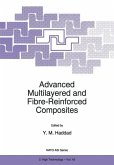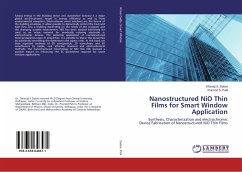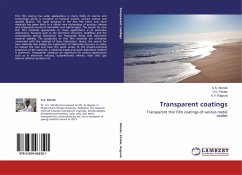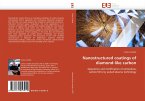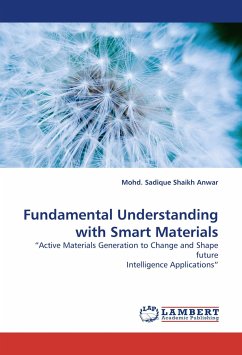Multilayer films based on tungsten oxide
(WO3) were deposited by reactive dc magnetron
sputtering onto glass substrates for electrochromic
(EC) application. The configuration of the smart EC
devices (ECDs) or window is ITO (Indium-tin-
oxide)/WO3/Li+-electrolyte/counter electrode
film/ITO. Depending on the choice of different
counter electrodes such as SnO2, V2O5, ZrO2 and the
doped Mo (or Fe) films, a total of 16 window
structures were fabricated and studied. The
multilayer ECD between two pieces of glass exhibited
maximum optical transmittance of 84 % and minimum of
16% before and after applying 5 V voltages for 2
seconds (or in bleached and coloured state) in
visible light range. Without glass substrate the
multilayer exhibited a maximum of 97 % transmittance
at bleached state.
(WO3) were deposited by reactive dc magnetron
sputtering onto glass substrates for electrochromic
(EC) application. The configuration of the smart EC
devices (ECDs) or window is ITO (Indium-tin-
oxide)/WO3/Li+-electrolyte/counter electrode
film/ITO. Depending on the choice of different
counter electrodes such as SnO2, V2O5, ZrO2 and the
doped Mo (or Fe) films, a total of 16 window
structures were fabricated and studied. The
multilayer ECD between two pieces of glass exhibited
maximum optical transmittance of 84 % and minimum of
16% before and after applying 5 V voltages for 2
seconds (or in bleached and coloured state) in
visible light range. Without glass substrate the
multilayer exhibited a maximum of 97 % transmittance
at bleached state.


